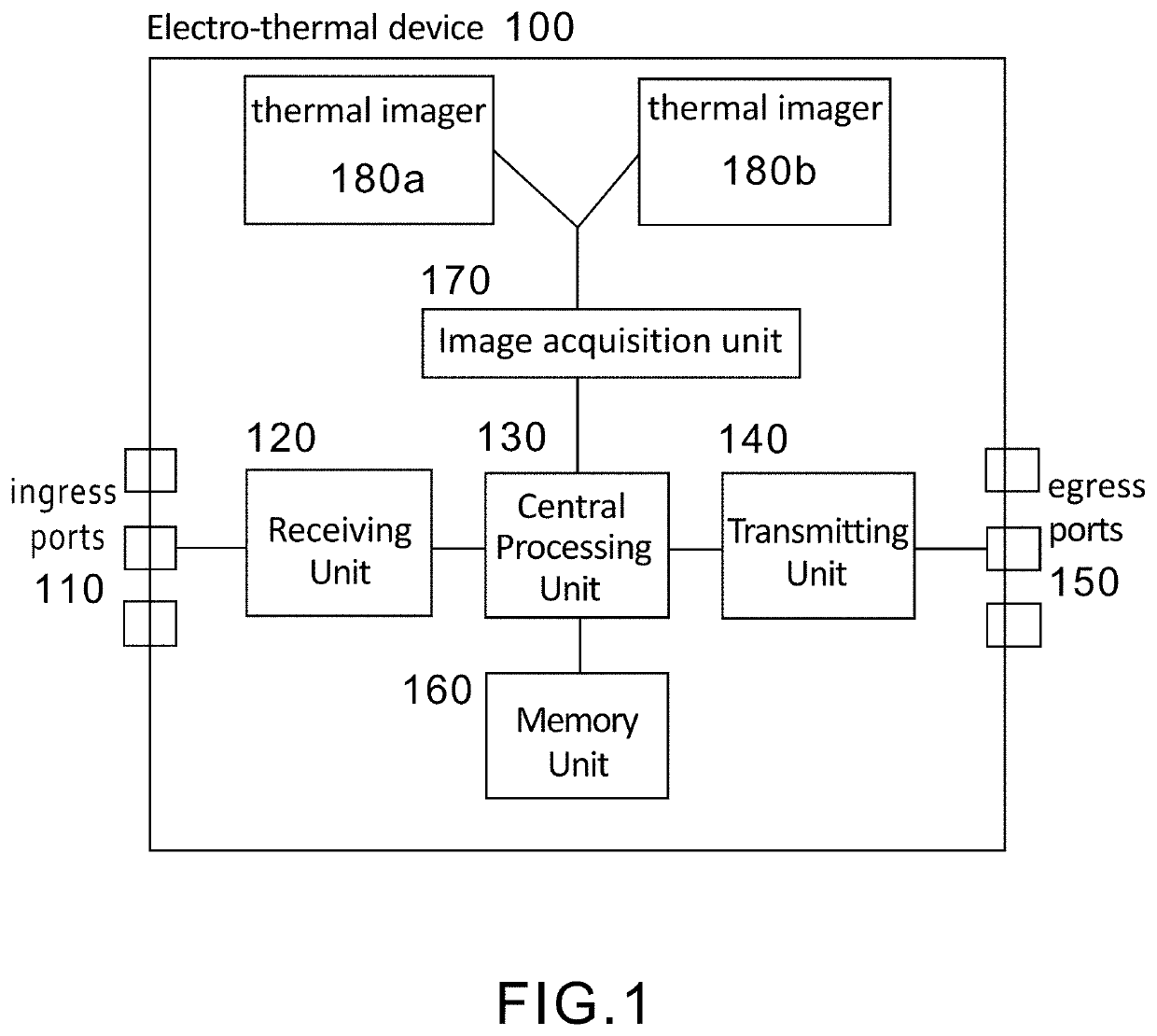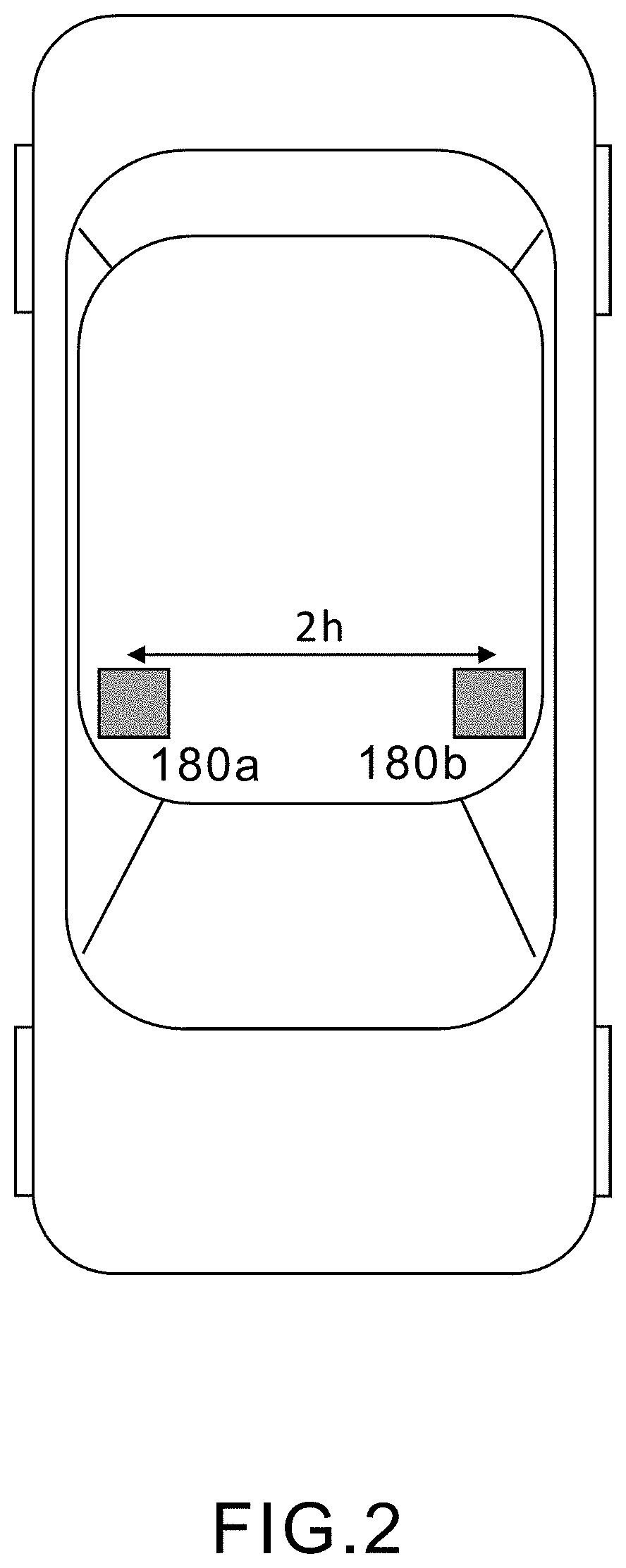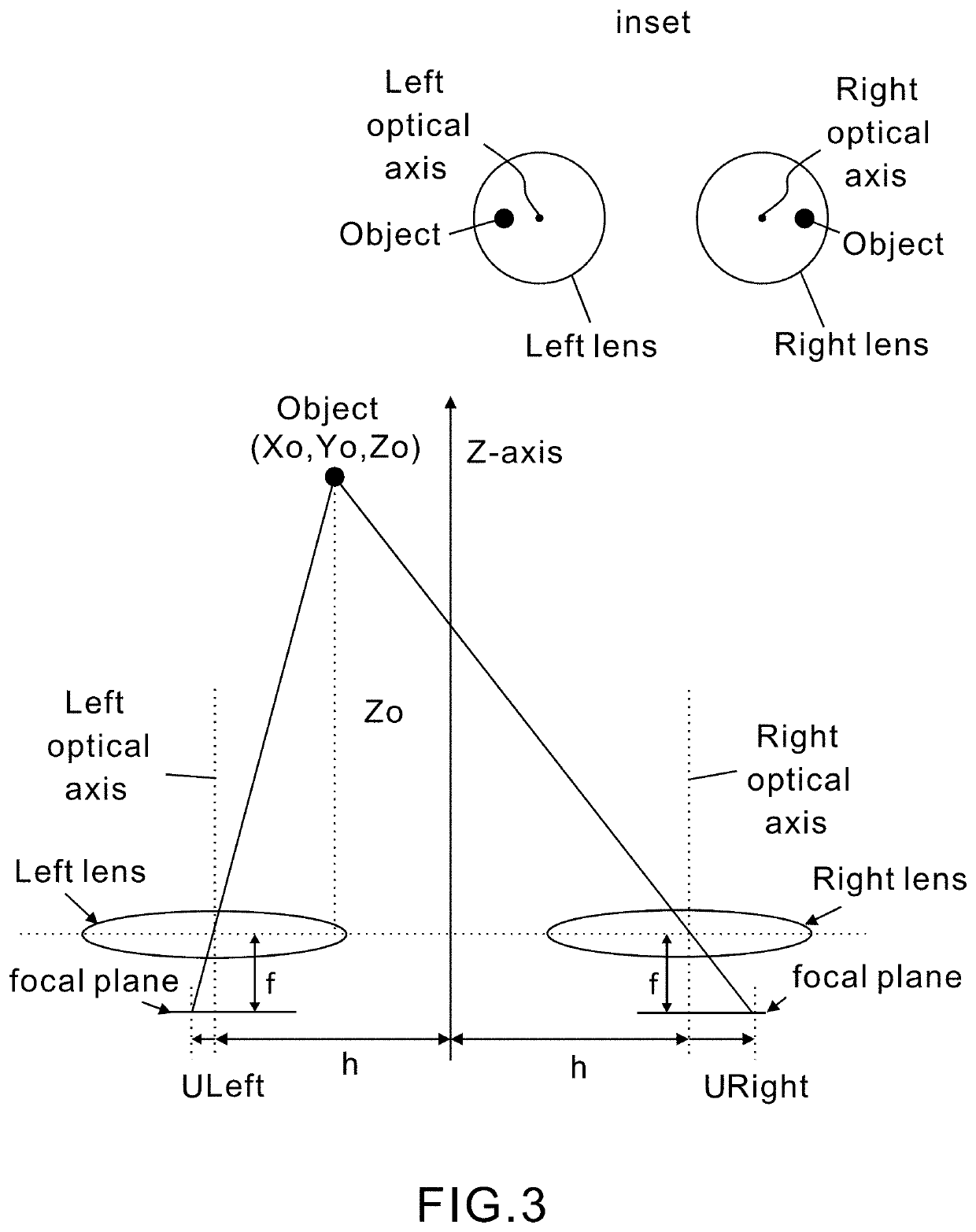System and method for depth thermal imaging module
a thermal imaging module and thermal imaging technology, applied in the field of depth thermal imaging, can solve the problems of saturated ccd images, ccd camera cannot operate under normal lighting conditions, and conventional individual sensors fail in various ways, and achieve the effect of reducing nois
- Summary
- Abstract
- Description
- Claims
- Application Information
AI Technical Summary
Benefits of technology
Problems solved by technology
Method used
Image
Examples
Embodiment Construction
"d_n">[0037]To facilitate understanding of the object, characteristics and effects of this present disclosure, embodiments together with the attached drawings for the detailed description of the present disclosure are provided.
[0038]Refer to FIG. 1, which is a diagrammatic representation of an exemplary system of an electro-thermal module for depth thermal imaging according an embodiment of the present invention. The electro-thermal device 100 comprises ingress ports 110, at least one receiving unit (Rx) 120, a central processing unit 130, at least one transmitting unit (Tx) 140, egress ports 150, a memory unit 160, an image acquisition unit 170, and at least two thermal imagers 180a, 180b. In another embodiment, the at least two thermal imagers 180a, 180b are external but still connected to the electro-thermal device 100.
[0039]The ingress ports 110 are for connecting with various sensors, detectors, of data collectors / providers, for example, temperature sensors, shock sensors, vibr...
PUM
 Login to View More
Login to View More Abstract
Description
Claims
Application Information
 Login to View More
Login to View More - R&D
- Intellectual Property
- Life Sciences
- Materials
- Tech Scout
- Unparalleled Data Quality
- Higher Quality Content
- 60% Fewer Hallucinations
Browse by: Latest US Patents, China's latest patents, Technical Efficacy Thesaurus, Application Domain, Technology Topic, Popular Technical Reports.
© 2025 PatSnap. All rights reserved.Legal|Privacy policy|Modern Slavery Act Transparency Statement|Sitemap|About US| Contact US: help@patsnap.com



